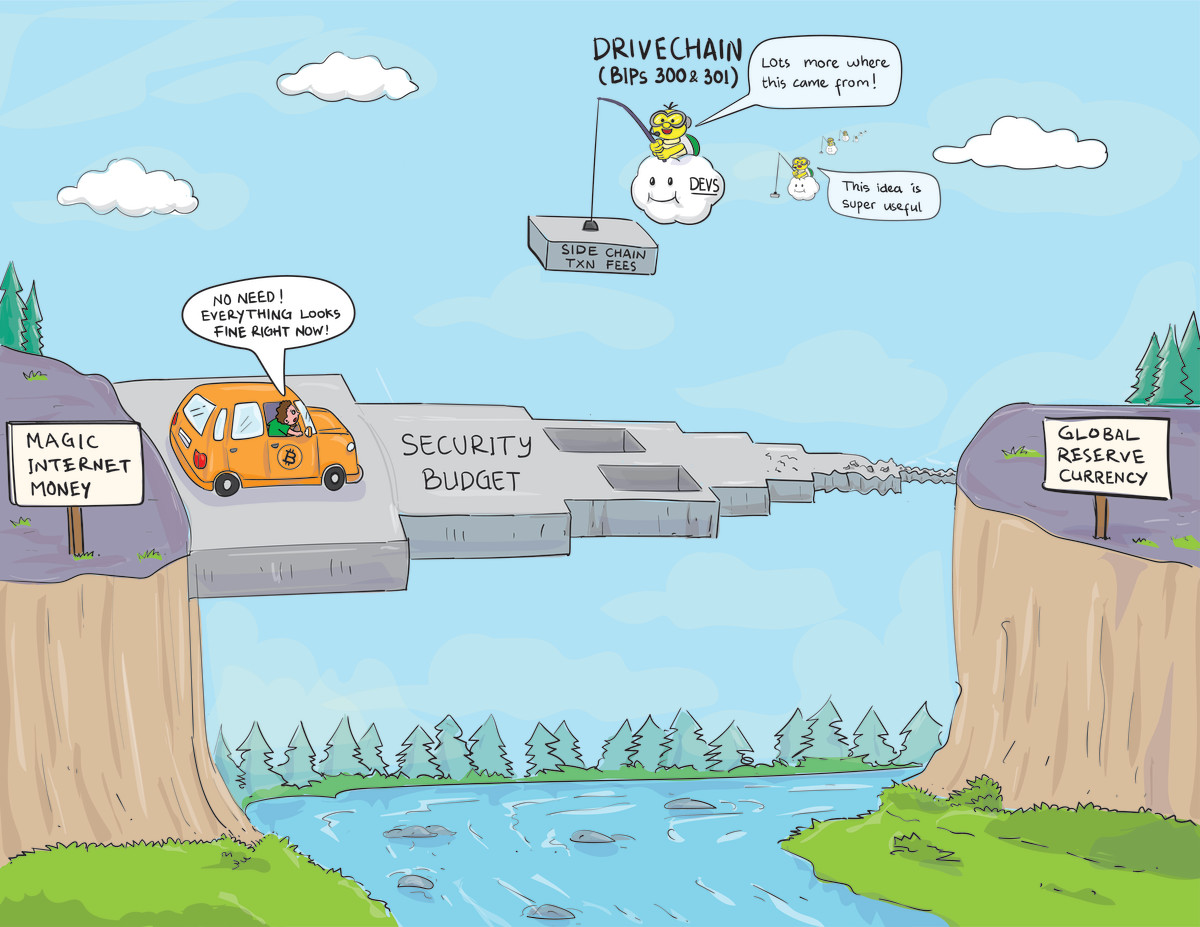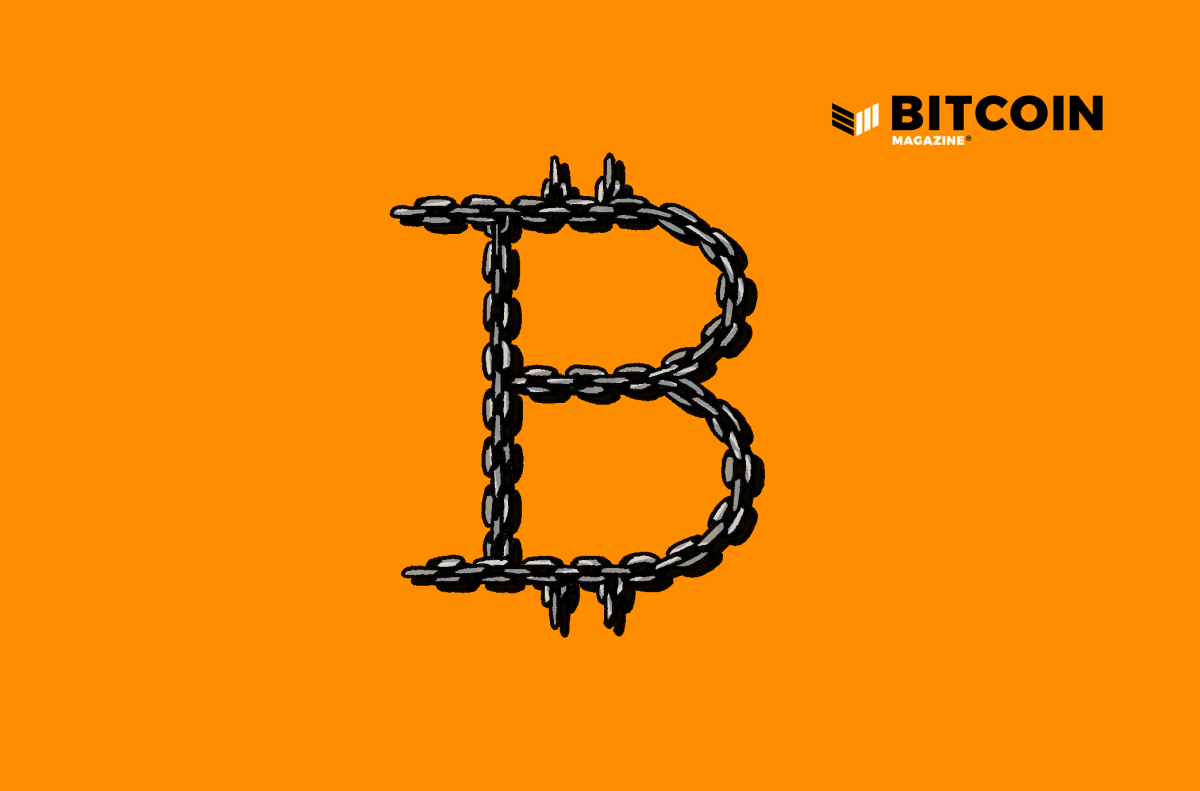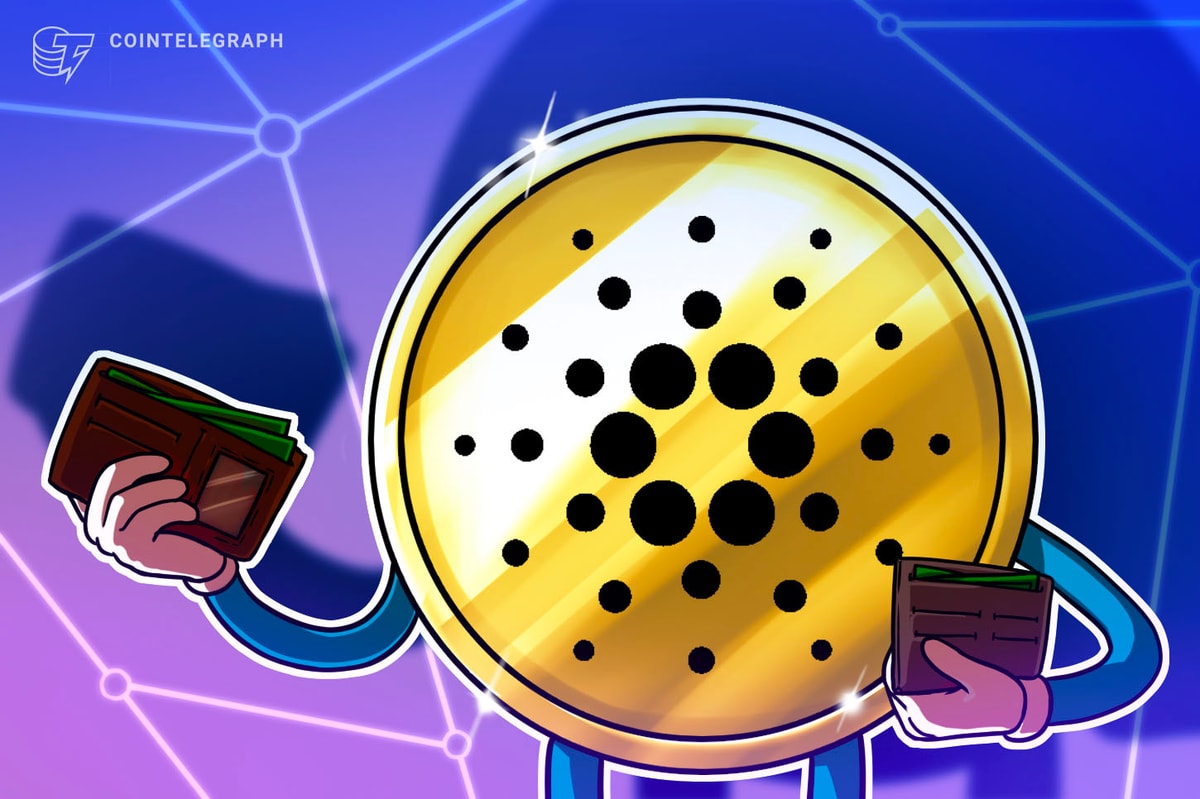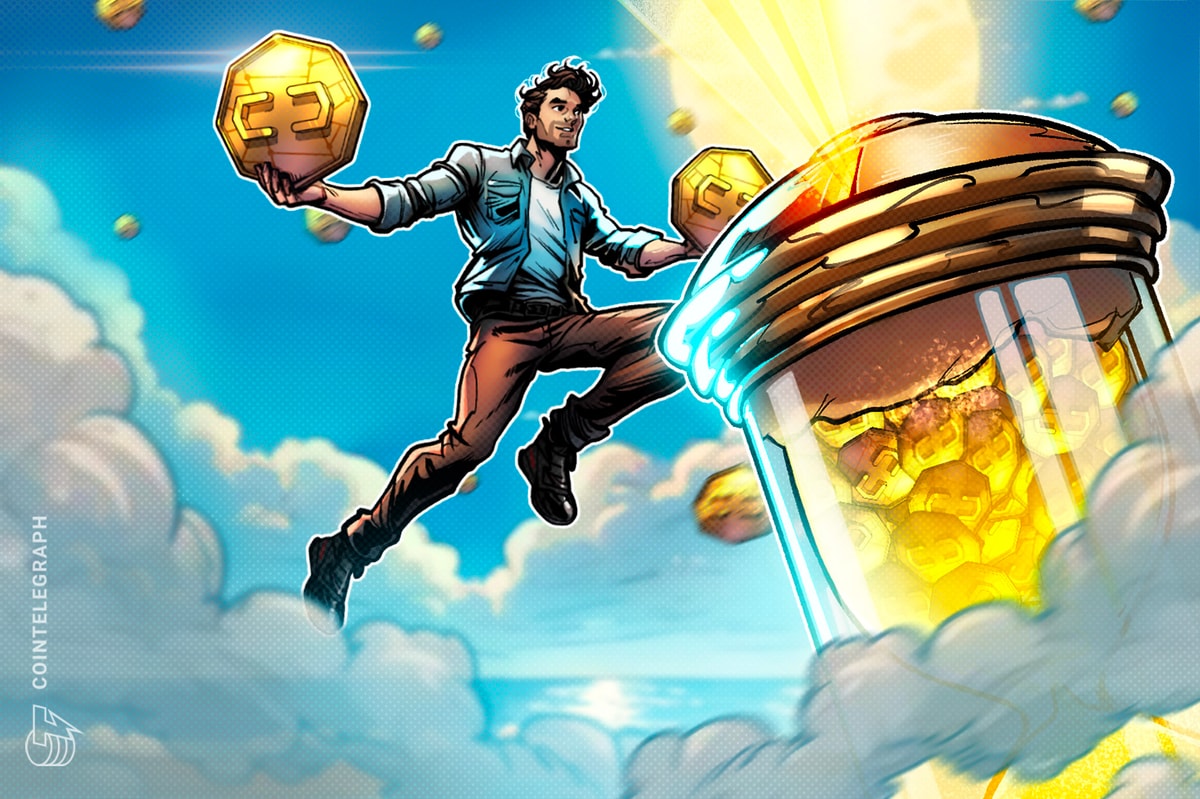This is an opinion editorial by Samuel Greenberg, who believes that Bitcoin is the best hope we have to achieve a just world and pass it to the next generation.
At some point, less than ten years from now, the block subsidy will drop below one bitcoin — and continue its decay at each subsequent halving epoch. This means that the security of the network will rely more and more on transaction fees alone.
We should expect, in that same period, that the powerful fiat institutions of the world will become keenly aware of what a serious threat Bitcoin is to their hegemony. If transaction fees are insufficient to sustain broad and distributed miner activity, then there may be an opportunity for those powerful institutions to control enough hash rate to attack the network. We, as a community, must take this threat seriously and resist becoming complacent in the idea that, somehow, Bitcoin’s success is preordained, requiring no further effort of our own.
Since the Blocksize War concluded in 2017, improvements to the network have been extremely difficult to implement due to an obsession, correctly, with the security of the main chain. Given its importance, skepticism toward a proposed improvement of Bitcoin Core’s code is reasonable and desirable. That said, resisting all proposals in the name of the precautionary principle is counterproductive in the event that a proposal contributes to the security of the network. Developers should function as custodians aiming to perfect the network, rather than gatekeepers who stagnate it.
The Challenges Bitcoin Will Soon Face
Bitcoin, like other protocols, will ossify at some point — however, there are two critical issues that are vital to remedy before it hardens permanently. The first is the uncertainty that transaction fees will suffice to secure the network as block subsidies decrease over time. The second, which is related indirectly to the first, is that developers are without a place to permissionlessly and safely innovate useful and fee-generating features for the network.
In order to ensure the continued security of the network, the ecosystem of miners must be robust and widely distributed. It is incumbent upon miners to seek out attractive energy sources, to be prudent in capital planning and to maintain operational excellence. Unfortunately, if there is simply not enough accessible revenue to go around, all of the best practices in the world will not be enough, and miners will be forced to shut down and sell their ASICs.
The total revenue earned by all miners through all activities (transaction fees, block subsidy and others) in a given period, or the Bitcoin “security budget,” has been predominantly driven by a block subsidy that is decaying exponentially. We — as a community — have a responsibility to help fortify the network’s security budget, by finding new ways to grow the revenue from transaction fees or by working to maximize the value of Bitcoin in general or by locating other novel uses for miners. The network’s value and security are related directly to its usage, so the solution must involve increasing Bitcoin’s usage.
We need to balance the affordability of transactions on the main chain with the imperative of a consistent and dependable fee market, ensuring the network is not susceptible to attack. The transaction fees generated from Bitcoin’s utility as money alone may prove to be an unstable revenue source. This approach (which is currently the dominant one) could eventually require users to pay hundreds or even thousands of dollars per discrete transaction to be included in a block, undermining Bitcoin’s utility as a money.
Our most reliable countermeasure is to maximize the usefulness of the Bitcoin network by enabling the community to develop as many useful tools and applications as possible (all requiring transaction fees). Drivechain is the possibility of securing the Bitcoin network with permissionless innovation. As stated, innovation is currently inhibited as developers are cautious and conservative, understandably, when considering a network improvement on the main chain. Furthermore, there is no procedure to integrate a new idea — a proposer must often work for years gathering social momentum by convincing individuals one by one, a miserable and counterproductive use of their energy.
Crucially, this forces real, fee-paying users to either wait patiently for the developer priests to bless a desired feature or to seek it elsewhere. This is an egregious misalignment; no group of people should decide what is worthy of usage. If we believe in free markets, not only in currency, but also in ideas and vision, then we should trust the market to freely decide what is useful.
Introducing Drivechain
In 2015, Paul Sztorc proposed BIPs 300 and 301 (or “Drivechain”), outlining a protocol upgrade that would enable developers to innovate permissionlessly on top of the Bitcoin protocol stack. The vision for Drivechain is to allow users to deposit and withdraw their bitcoin into sidechains with a fixed, one-to-one conversion rate (enforced by BIP 300’s “Hashrate Escrows”). Miners would be able to collect all of the transaction fees from each of these sidechains in the form of Bitcoin transaction fees, without needing to run additional node software (outlined by BIP 301’s “Blind Merged Mining”).
Drivechain requires a soft fork and establishes a clear mechanism for incorporating innovations into the network, safely, on a sidechain (a “second layer”), while the current functionality of the main chain remains unchanged. Bitcoin users can choose to completely ignore any and all sidechains. But limitless feature development for users can be deployed on them, all of which can contribute fees toward Bitcoin’s network security.
This additional utility in the Bitcoin network enabled by Drivechain captures value in two ways: First, as sidechains are only accessible by depositing bitcoin at par, and are always redeemable at par, their existence is a new source of demand, generating price appreciation versus dollars; and second, by drawing dollars away from rivalrous blockchains into Bitcoin, we generate price appreciation versus other cryptocurrencies, all with bitcoin being the money required to access and use a limitless multitude of sidechains. Thus, Drivechain expands the realm of necessity for bitcoin as money.
Addressing Drivechain Criticism

Source: Author
The Bitcoin community should not tolerate rivalrous projects. We should integrate every good idea from all other projects into the Bitcoin network. We should have privacy coins, and smart-contracting coins and any other coins that someone can dream of.
As sidechains are not vehicles for get-rich-quick (via pre-mine, then pump-and-dump models), they usher in true open-source coordination; users can give away great ideas for someone else to build, without concerns of missing the upside. All valid solutions would compete for the attention of the users based solely on their utility and usability. Any usage of any project built on a sidechain would benefit everyone who held bitcoin (commensurate with the scale of usage on the sidechain).
There are several common criticisms that the community asks Drivechain advocates to address, the most common being a claim that “miners can steal from sidechains.” But let us consider that these sidechains would be revenue sources for the miners, so there is little incentive for miners to destroy them. Additionally, all usage of sidechains is voluntary, so users choose to deposit their bitcoin knowing there is a theoretical risk.
Some important context is that, because of the code underlying BIP 300, an attack on a sidechain would take six months if a minimum of 51% of miners were to collude. The attack must occur in broad daylight, and at any time the network can react to defend itself, needing only 2% of miners to defect (by pointing their hash rates to other pools). There is some precedent for this, for example, in September of 2022 when the Poolin mining pool suspended withdrawals, its hash rate dropped from more than 10% to less than 2% in a matter of days — the network is capable of defending itself from mining pool misconduct.
Other common criticisms amount to dismissals like, “We have nothing to worry about with regards to the fees'' or that “The network is just fine as is.” Both of these attitudes are epistemologically overconfident — we have no way of knowing what the future holds and the survival of Bitcoin is too important to leave to hope. If it is the case that main chain transaction fees are indeed sufficient, then sidechain transaction fees are accretive and only work to further secure the network.
Bitcoin represents a normative good for humanity — now and into the future. Like the internet decades ago, it is impossible to imagine the good that will come from this technology, and we should at all times seek to nurture and defend it. Drivechain is a relatively small, light touch, and serves as a reversible change that unlocks tremendous latent potential. Humanity has always solved its problems through innovation. We should want Bitcoin to become a more useful tool, capable of being applied to a more broad set of problems, all securing its core use as money.
It will require great courage and effort to establish consensus for Drivechain to be merged into Bitcoin Core. But we can become a part of the consensus-build effort. We can educate ourselves and advocate within our circles. We can signal our support and make our voices heard.
This is a guest post by Samuel Greenberg. Opinions expressed are entirely their own and do not necessarily reflect those of BTC Inc or Bitcoin Magazine.











